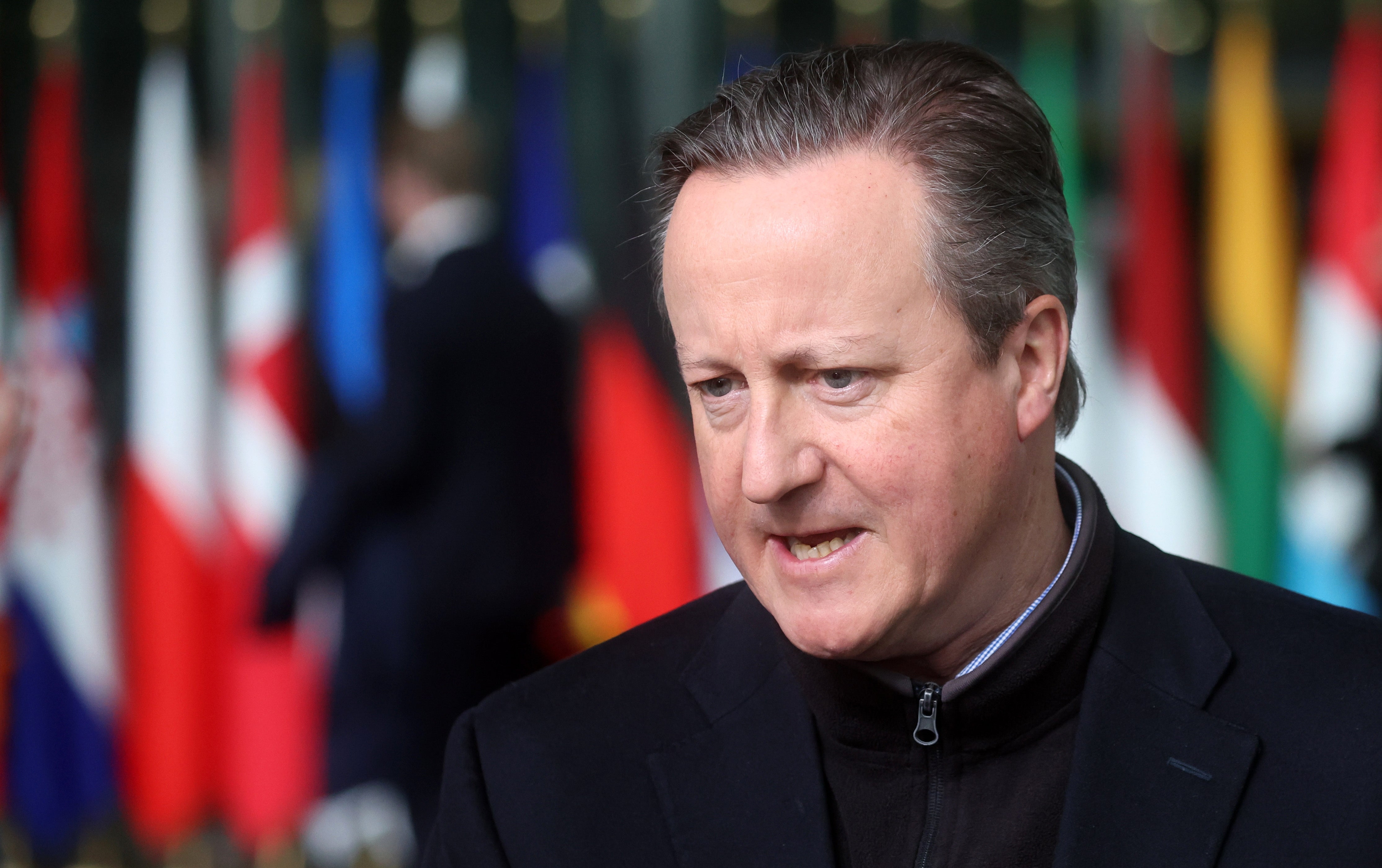The Independent's journalism is supported by our readers. When you purchase through links on our site, we may earn commission.
At 75, is timid, hesitant Nato now showing its age?
On the alliance’s landmark anniversary, historian Sten Rynning says the future of European security may depend on whether it can convince three steadfastly neutral countries to sign up


What a strange world it is. For the more than two years, if not considerably longer, Russia has relentlessly and brutally attacked Europe’s security order... and what does Nato do? The world’s mightiest alliance – which will mark its 75th anniversary this week – warns the aggressors not to go any further.
Why so timid? Nato has also chosen not to cancel, but merely to freeze its 1997 partnership agreement with Russia, all the while proving unwilling to grant Ukraine alliance membership.
For sure, Nato wants to keep things under control. Far better to bleed Russia slowly than enable Ukraine to win outright, if it prevents a cornered Russia from doing something crazy with its nuclear weaponry.
But Nato is hardly in control. Assistance to Ukraine mostly comes from countries gathered in a grand coalition, and there is too little of it. Nato is in the background, preparing to “defend and deter” against the possibility of Russian aggression against Nato itself. Last weekend, the UK ambassadors from Estonia, Latvia and Lithuania – the three Baltic states that were the first countries to declare independence from the Soviet Union – wrote that Nato must be ready for Putin to launch an “existential” war against them, and described how Russia could “pivot quickly” from Ukraine to invade its western neighbours.
There is nothing wrong with defence and deterrence. Nato must be able to defend the Baltics and other frontline allies. And Nato is rightly getting serious about it, demanding a bigger bang for its buck – more reaction forces and projection power – from recalcitrant European allies.
David Cameron, the UK foreign secretary, indicated as much yesterday at the Nato conference in Brussels when he urged allies to “step up and spend more” on defence. And yet a proposal by Nato secretary general Jens Stoltenberg to create a five-year fund, totalling 100bn euros, to support Ukraine’s military was met with an at best lukewarm response. Clearly, something has to change.
Nato allies will address such change at their July summit in Washington. They will talk about more forces, more defence money, a more balanced alliance (meaning more work for the Europeans), and more substantive partnerships in the Indo-Pacific region. That is already a full inbox for an organisation in its 75th year.
But it is not the heart of the matter, which is Russia’s continuing armed aggression and the fact that Ukraine is suffering on behalf of the continent.
Nato’s focus on holding the fortress while Russia roams around is telling – and worrying. Since it was established on 4 April 1949, the transatlantic alliance has grown from 12 founding members to 32 allies. But rather than size being a sign of strength, Nato gives the appearance of being fatigued, to the point where it can defend and deter but not compete and coerce. This, surely, is what Russia is counting on. And as the United States hesitates, Europeans argue and Ukraine struggles, it may not be an outlandish bet.
For all these reasons, Nato should now step up and dare to get involved. For starters, it should fully revoke its 1997 partnership deal with Russia, calling Putin’s continental revisionism for what it is – an outrage. It should build its forward defences and do more to encourage and direct allies’ military assistance to Ukraine. It must unambiguously tie the promise of continental arms control and dialogue to Russia’s renunciation of imperialism. And finally, it should offer Ukraine a clear roadmap for Nato membership.
Given the shifting geopolitical landscape, Nato should tend to its gaps. Thanks to the Ukraine invasion, which convinced Finland and Sweden to sign up, the Nordic region no longer has any such strategic holes in the fence. However, the western Balkans do.
Serbian nationalism is pulling Kosovo and Bosnia and Herzegovina apart, and is making Serbia a regional spoiler, open to Russian and Chinese influence. Moldova is another sore spot, given Russia’s presence in secessionist Transnistria.
Nato must prevent Russia from using these countries to set the house on fire. Nato cannot do that by itself, but it can, and should, offer leadership. Perhaps its next enlargement should begin with Ukraine and Moldova and extend next to the western Balkans. And then, perhaps one day, Western neutrals – the likes of Ireland, Austria and Switzerland – may consider how they, too, depend on continental security. For the Swiss to have ended five centuries of neutrality in European conflicts to join the European Union in sanctioning Russia over its invasion of Ukraine proved that a thaw, if that’s the right word, is possible.
For now, they each remain entrenched in their neutrality, but as the Nato leadership likes to remind them, the door is open. For all our sakes.
Sten Rynning is the author of Nato: From Cold War to Ukraine, a History of the World’s Most Powerful Alliance






Join our commenting forum
Join thought-provoking conversations, follow other Independent readers and see their replies
Comments